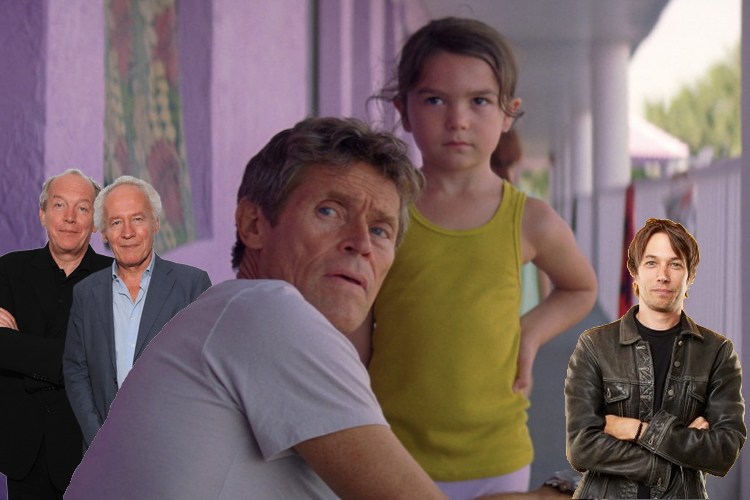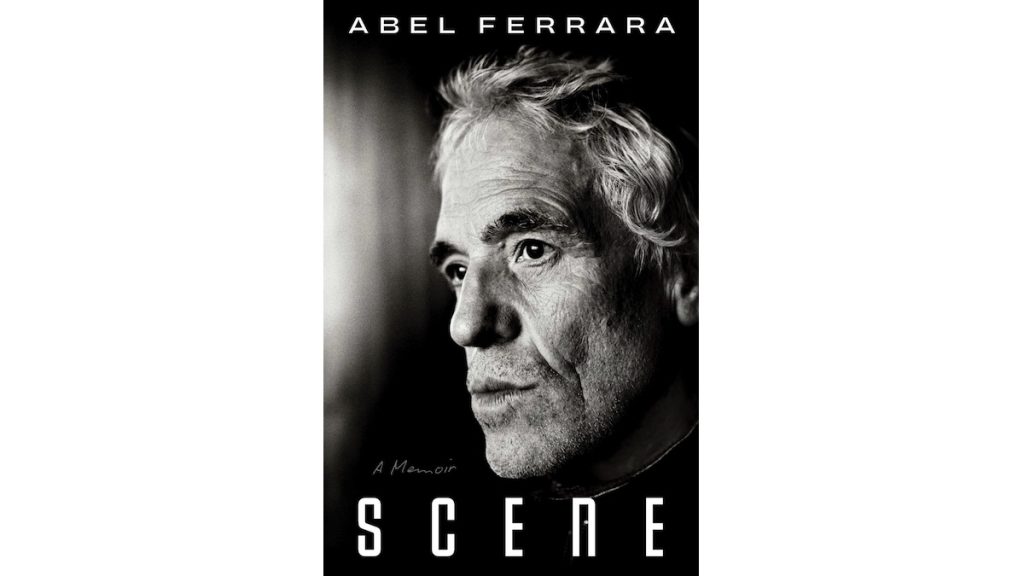Artists naturally want to create unique work, but that may not be possible. As Jim Jarmusch said, “Nothing is original…. Select only things to steal from that speak directly to your soul. If you do this your work (and theft) will be authentic.” One director who appears to be following this advice is Sean Baker. The imprint of many of his predecessors is on his filmography, most notably Belgium’s Dardenne brothers. Their focus on the lower classes is clearly an inspiration, as is their filmmaking style; yet Baker’s films remain his own, and his voice feels timely and powerful in Trump’s America.
The Dardenne brothers have been working in the social realist tradition from the beginning, part of a long lineage in European cinema. They owe a huge debt to the French master Robert Bresson and the Italian neorealists. With 10 features under their belts (including The Kid with a Bike, Two Days, One Night, and Lorna’s Silence), they’ve established themselves as truly idiosyncratic directors. You know a Dardenne production when you see it: beautifully spiritual yet brutally political, in the cinema verité vein and starkly real.
Baker isn’t from Belgium but New Jersey, and The Florida Project is his sixth feature film. The current running through his work is an honest attempt to illuminate the lives of people on the fringes of American society. He has remained fiercely independent, allowing him to explore the stories that he truly wants to. Baker frequently cites not only the Dardennes but the great Protector of the Proletariat Ken Loach as a strong influence, and it’s not difficult to understand why.
The Florida Project is set in Disney World territory, and it soon becomes apparent what else binds all of Baker’s films together: their exploration of Other. On the surface, New York City, Los Angeles, and Florida aren’t surprising settings for American cinema, but Baker subverts our expectations. His Manhattan pieces, Take Out (2004) and Prince of Broadway (2008), film the illegals living in the last untouched vestiges of the modern, gentrified city. Sin-Dee and Alexandra in the renowned Tangerine (2015) stalk dark Hollywood streets only blocks away from the overwhelming glam and shine that we associate with that name. The Florida Project and its bright motel locales on the periphery of the actual Orlando’s Disney World are the most transparent example. Disney’s castle turrets can often be glimpsed in the distance, and the omnipresent fireworks displays tantalize our protagonist, Moonee, and the other children in these places. This stark juxtaposition between the so-called “happiest place on earth” and children not wealthy enough to afford to visit it is disheartening.
The Dardennes similarly concentrate on the Other, but it’s a more static version. All of their films take place in and around the small Belgian industrial town of Seraing. With fewer than 100,000 inhabitants and jobs scarce, it’s an unusual locale for major filmmakers, but it’s the Dardennes’ hometown and a place where they can find their narratives. And even though the margins they explore are far separated from Baker’s, connections do echo: The Dardennes’ most recent film, The Unknown Girl (2016) was a conscious effort to highlight the troubled lives of African people in this area of Belgium, and Baker’s earlier Prince of Broadway is about a West African immigrant struggling to survive in Manhattan’s wholesale district.
Where Baker is most noted for his similarity to the Dardennes is in his camerawork. Baker often opts for hand-held camera scenes like the brothers, giving a documentary feel to the proceedings. The camera follows characters from behind, putting us within their existence, waiting and watching. It works especially well in following Moonee, capturing that idyllic innocence of childhood, long shots showing her and her friends excitedly playing in the grass, exploring their world. It’s fluid and stylish, and it tries to keep Moonee always at the center of the narrative. The Dardennes started out as documentarians, and this background is explicit in all of their feature work. The camera is resolute in who it’s following, often right behind a character’s head and shoulders as they move through the frame and space.
Baker goes into much of his work empty, allowing his stories to emerge organically. He finds collaborators and then begins the research process; for example, he and co-writer Chris Bergoch met Tangerine’s Mya Taylor and Kitana Kiki Rodriguez at a Los Angeles LGBT center. This allows for Baker’s actors to contribute ideas and interact with the final film on a more fundamental level. It’s something the Dardennes understand, too, and naturalism is their default form. They study human beings as they go about their lives, inviting us to watch, hoping to discover something profound about why we are the way we are.
Baker and the Dardennes continuously find variations on the lower-class struggle in their countries, and this is why Baker cannot be accused of theft from the brothers: His films show that, while poverty and struggle are universal themes, there are very American variations that need to be detailed. The image of naive, struggling children existing just outside the Magic Kingdom yet truly being a million miles away is painfully American, and a complete shattering of its Dream.
Above all, Baker is connected with the Dardennes in his philosophy: His films are purely humanistic while being steeped in social realism. Nothing is ever overtly politicized in his pieces, focusing instead on the humans behind the issues. It’s why Tangerine becomes about the very real rapport and friendship between Alexandra and Sin-Dee, and it’s why the protagonist of The Florida Project is subjected to the adult world as she tries to live out her childhood. The films, then, become about differentiation, about making the audience view these people as real and well-rounded, not just struggling cinematic ciphers.
Baker’s and the Dardennes’ output can be read as social critique without being too explicit. We are made aware of the great class divide, both in 21st century America and modern Europe, and the social exclusions that result. The Dardennes and Baker seek to convey the poor conditions of the working class lurking under the surface.
What’s interesting is the different presentation of this social realism by Baker, who is perhaps bound by trying to appeal to an American audience. In the ending of The Florida Project, Moonee and her friend Jancey flee from the troubled present, where she’s being removed from her mom, to temporary happiness at Disney World. In a film mostly from the viewpoint of a child, this escape into fantasy can be understood as Baker saying that childlike wonder may be the only way out of the adult problems of real life. Baker filmed the scene with an iPhone, like in Tangerine, taking a break from the documentary style of before and enhancing this imaginary flight in Moonee’s life. It’s a bold choice by Baker and seems like a Hollywood ending to a Social Realism film, reflecting this uniquely American need for escapism. It suggests that America’s audiences cannot stomach the realistic portrayal of the working class in the cinema, but need to be offered a way out — for the characters they’re watching and themselves, too.
Never miss a post! Join the Crooked Marquee mailing list.



